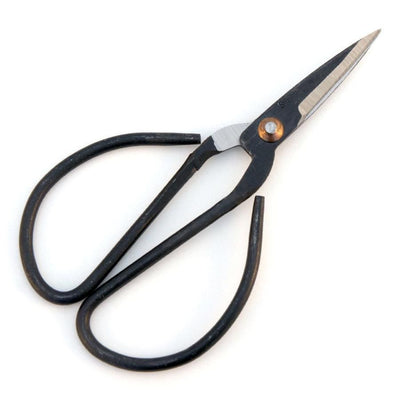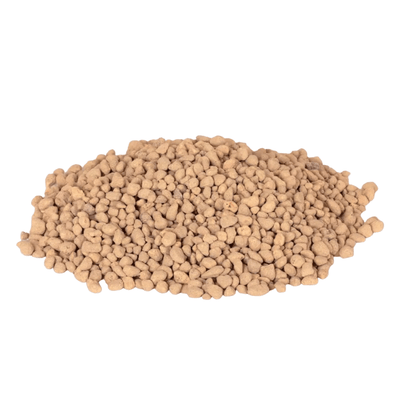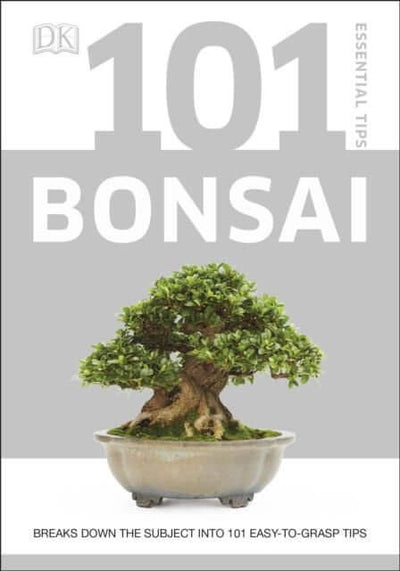How to care for Bonsai Trees in Autumn and Winter in the UK?
Caring for your Bonsai Tree in the UK during the Autumn and Winter months requires specific hints and tips to ensure the health of your masterpiece.
Yorkshire Bonsai experts have provided a Bonsai care guide to help your Bonsai tree through the UK colder seasons.
Bonsai trees are known for their beauty, elegance, and the sense of serenity they bring to any space. But as autumn leaves fall and winter's chill sets in, caring for these miniature masterpieces becomes a bit more challenging. In the UK, where the climate can be unpredictable, it's essential to provide your bonsai with the right care during the colder months. In this guide, we'll explore the necessary steps to ensure your bonsai thrives through autumn and winter.
- Choose the Right Bonsai Species
Not all bonsai trees are created equal when it comes to handling UK winters. Some species are better suited to the colder climate, while others may require additional protection. Commonly grown bonsai trees in the UK include Chinese Elm, Japanese Maple, and Scots Pine, all of which are hardy and can withstand the British winter.
- Repotting and Pruning
Although Spring is the most recommended time to repot your Bonsai, Autumn is an ideal time for repotting your bonsai if it's needed. Repotting allows for root maintenance and fresh soil, which can revitalize your tree's health. Be gentle when handling the roots and choose a slightly larger pot if necessary.
Pruning during this time is also crucial. Remove dead branches, thin out the canopy to allow for better air circulation, and reduce the overall size to prepare your bonsai for dormancy. Use specialist Bonsai tools to make clean cuts to prevent damage and infection.
- Adjust Watering
As temperatures drop, your bonsai's water needs change. In Autumn, you should start reducing the frequency of watering. Check the moisture level of the soil regularly, and water only when the soil's top layer feels dry. Overwatering can lead to root rot, which is a common issue in the colder months.
In winter, your bonsai will need even less water, especially if it's kept in a protected outdoor location. Water sparingly to prevent the roots from freezing. Consider using a moisture meter to gauge the moisture levels accurately.
- Protect from Frost
In the UK, frost can be a real threat to your bonsai's health during the winter months. Here are some ways to protect your tree:
- Move your bonsai to a sheltered area, such as a greenhouse, conservatory, or unheated garage.
- Cover your bonsai with horticultural fleece or bubble wrap to provide insulation.
- Elevate the pot off the ground to prevent it from freezing to the surface.
- Avoid placing your bonsai on windowsills or directly against the glass, as cold drafts can harm the tree.
- Adequate Lighting
During autumn and winter, daylight hours in the UK are shorter, which can affect your bonsai's growth. If your bonsai is indoors, consider providing it with supplementary lighting using grow lights. These lights can help maintain the necessary light levels for your tree to thrive.
- Monitor Humidity Levels
Indoor bonsai trees can suffer from low humidity levels during the winter due to central heating. To counteract this, place a humidity tray filled with water and pebbles near your bonsai or use a room humidifier. This will help maintain the required moisture in the air.
Conclusion
Caring for bonsai trees in autumn and winter in the UK requires attention to detail and adjustments to the changing conditions. By selecting the right species, repotting and pruning, adjusting watering habits, protecting from frost, providing adequate lighting, and monitoring humidity levels, you can ensure that your bonsai remains healthy and thrives even in the chilliest months. With proper care, your bonsai will continue to be a source of beauty and tranquillity throughout the year.








